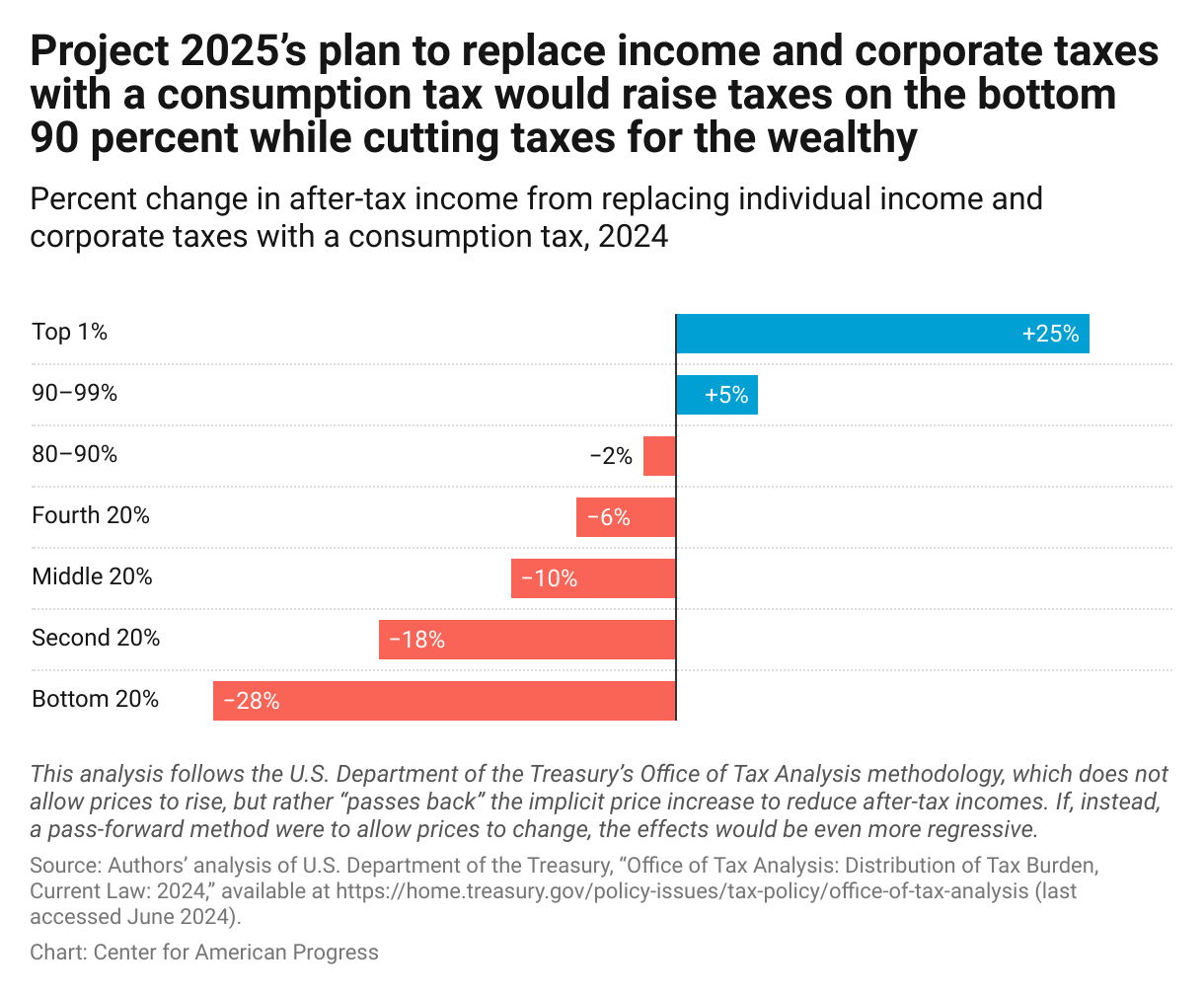The United States is entering 2025 with significant tax policy shifts that will influence families, individuals, and businesses in meaningful ways. For American households, these changes affect not just how much they pay in taxes, but also how they plan, save, and invest for the future. With the expiration of key provisions from the 2017 Tax Cuts and Jobs Act (TCJA) and new reforms proposed by policymakers, households across income brackets will need to carefully understand the financial implications.
This article breaks down the major components of the 2025 U.S. tax policy changes and explores how they will impact families, middle-class earners, high-income households, and retirees.
The Expiration of the 2017 Tax Cuts and Jobs Act Provisions
One of the most important tax developments in 2025 is the scheduled expiration of many TCJA provisions. These tax reforms initially lowered income tax rates, doubled the standard deduction, and increased the child tax credit. If these provisions expire as scheduled:
- Individual tax rates will increase. Most households will see a higher marginal tax rate, particularly middle- and upper-income earners. For example, the 12% tax bracket may return to 15%, and the 22% bracket may increase to 25%.
- The standard deduction will shrink. Currently, most Americans benefit from a larger standard deduction that simplifies filing. Without an extension, this deduction will be cut nearly in half.
- The child tax credit will be reduced. Families who rely on this credit may receive less support in offsetting the costs of raising children.
- The estate tax exemption will drop. This change could affect families passing down generational wealth, especially in high-value real estate markets.
These adjustments mean that many Americans may owe more taxes in 2025 unless Congress acts to extend or modify these provisions.
Middle-Class Households: The Biggest Impact
Middle-income households are often the most sensitive to tax changes. While high-income earners can restructure finances through investments and tax planning, the middle class relies heavily on wages and modest savings. Key effects include:
- Higher taxable income. With the standard deduction decreasing, fewer families will qualify for tax breaks, and more will itemize deductions.
- Reduced credits. The rollback of enhanced child tax credits could add thousands of dollars in additional tax liability for families with children.
- Increased payroll pressure. If social security or Medicare tax reforms are introduced alongside income tax hikes, middle-income households may face an even heavier burden.
For a family earning around $75,000 annually, these changes could mean several hundred to over a thousand dollars in additional tax payments each year.
High-Income Households: Shifting Strategies
For wealthier Americans, 2025 tax policy changes may create a stronger push toward tax planning strategies. Key considerations include:
- Higher top marginal rates. The top income bracket, currently at 37%, may revert to 39.6%. For households making above $500,000 annually, this will significantly increase liability.
- Capital gains tax concerns. Ongoing discussions suggest potential hikes in long-term capital gains taxes for wealthier investors, which could reshape investment strategies.
- Estate and gift taxes. With the exemption potentially dropping from nearly $13 million per person to around $6 million, estate planning will become a priority. Families may accelerate wealth transfers before the new limits take effect.
Families with Children: Changes in Benefits
The child tax credit (CTC) is a central element for families. In recent years, enhanced credits provided significant relief, especially for lower-income households. Under the 2025 rules, however:
- The credit amount could fall back to $1,000 per child (from $2,000 or higher under temporary expansions).
- Refundability limits may reduce the benefit for low-income families.
- Households with multiple children will feel the most impact, potentially losing thousands in credits they had previously received.
This rollback will not only raise tax bills but may also affect household spending power and savings for education or childcare.
Retirees and Seniors: Tax Pressures on Fixed Incomes
For retirees living on fixed incomes, the 2025 tax landscape poses unique challenges. Key areas include:
- Retirement account withdrawals. Higher tax brackets will increase the burden on withdrawals from 401(k)s, IRAs, and pensions.
- Social Security taxation. If thresholds remain unchanged, more retirees could see a larger share of their benefits taxed.
- Healthcare-related deductions. Any changes to medical expense deductions will directly affect seniors managing healthcare costs.
Retirees may need to adjust withdrawal strategies or explore Roth conversions to minimize long-term liabilities.

Small Businesses and Self-Employed Households
Households that rely on small businesses or self-employment income will also feel the effects:
- Qualified business income deduction (QBI). If provisions allowing a 20% deduction for pass-through businesses expire, small business owners could face significant tax increases.
- Increased payroll and income tax. Entrepreneurs may need to budget for higher self-employment taxes.
- Reduced flexibility in deductions. The loss of certain write-offs could increase taxable income for business owners.
These shifts may discourage small business expansion or force owners to restructure their operations.
Regional Differences: State vs. Federal Impact
It’s important to note that tax policy does not affect all households equally across the U.S. States with high income taxes—such as California, New York, and New Jersey—will see the greatest strain when federal deductions shrink. Conversely, households in low- or no-income-tax states like Texas and Florida may feel less of a squeeze.
Preparing for 2025: What Households Can Do
Households should consider proactive planning to manage the potential increase in taxes. Practical steps include:
- Reviewing deductions and credits. Families should evaluate whether itemizing deductions could offset the reduced standard deduction.
- Adjusting investment strategies. Tax-efficient investments, like municipal bonds or Roth accounts, can help manage liability.
- Exploring estate planning. Wealthier families should consider trusts, gifting strategies, and other tools before the estate tax exemption shrinks.
- Consulting tax professionals. Given the complexity, personalized advice will be crucial to navigate 2025 changes effectively.
Looking Ahead: Will Congress Intervene?
While the 2025 changes are set by law, there is still political debate over whether to extend or modify key provisions. Some lawmakers argue for permanent tax cuts to ease burdens on households, while others push for higher taxes on the wealthy to fund government programs. The outcome of this debate will determine how severe the impact will be on households of all income levels.
Conclusion
The 2025 U.S. tax policy changes will ripple through every household, from middle-class families facing higher bills to wealthy individuals restructuring estates and investments. With the expiration of TCJA provisions, households must prepare for higher rates, reduced deductions, and shrinking credits. While the final picture may shift depending on congressional action, proactive planning will be essential.




